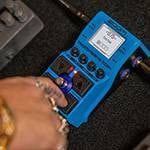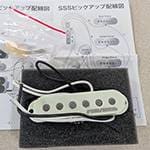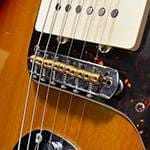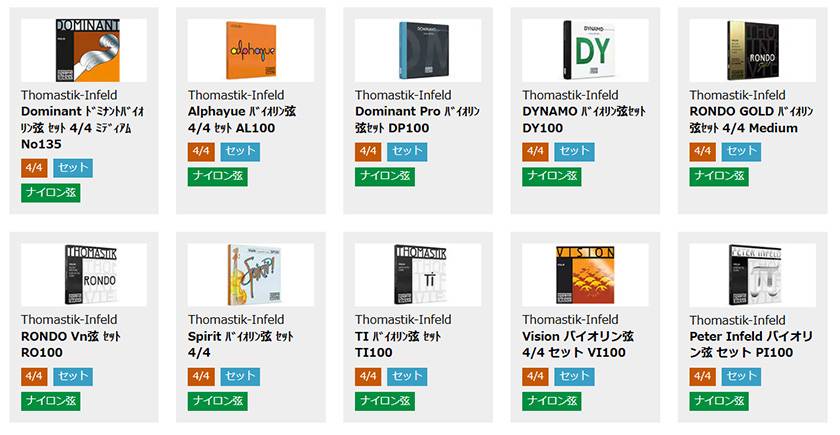
When choosing violin strings, what criteria do you use?
Perhaps some of you have thought, "I just started playing the violin and don't know what to choose..." or "I'll just stick with the same strings I used last time..." and have been selecting strings without much thought.
In this blog, I will introduce a guide that’s an absolute must on how to choose the right violin strings for those in this situation.
First, Let’s Understand the Structure of Violin Strings!
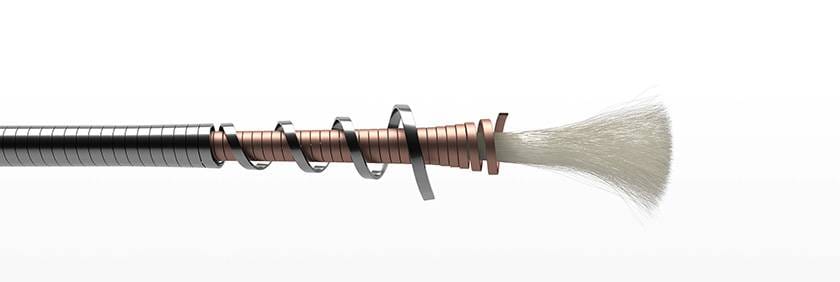
Violin strings have a structure where a very fine winding is tightly wrapped around a core called the "core wire" (the E string is usually a plain steel string, not wound). Violin strings can be broadly classified into three types based on the core material: steel, gut, and nylon. Manufacturers use various metal windings and unique surface treatments on these cores to create violin strings with different tonal qualities.
I’ve summarized the characteristics of each type of string below. By understanding this knowledge, it will be easier for you to distinguish between different strings when making a choice.
Steel Strings
Steel strings are characterized by a clear, bright tone and exceptional durability. As the name suggests, the core wire is made of steel.
Gut Strings
Gut strings are known for their rich warm tone that’s typical of the violin's sound. However, they are susceptible to changes in temperature and humidity, making them less stable. Historically, all violins used gut strings at one time. The core material is made from sheep gut.
Nylon Strings
Nylon strings are extremely popular and widely used by both beginners and experienced players. They combine the warm tone of gut strings with the durability of steel strings, effectively offering the best of both worlds. The core material is made of synthetic fibers.
Which Violin Strings Should You Choose?
Recommended Method #1: Choose Based on Your Preferred Tone
First consider what kind of tone you like.
The tone of violin strings is often described in terms like "brilliance" and "warmth". Strings that produce a brilliant tone tend to have a sparkling bright sound and are capable of producing a louder volume, which makes them popular with violin soloists.
On the other hand, strings with a warm tone have a rounder, softer sound that’s more characteristic of the violin’s traditional sound. These are preferred in group performances such as orchestras.
Product descriptions and personal blogs often use these terms to express the sound, so I recommend first identifying what tone you prefer and then choosing a violin that gets you closer to that desired sound.
My personal recommendation for brilliant strings is as follows:
PIRASTRO / Evah Pirazzi 4/4 VN String Set, Silverlysteel E
PIRASTRO / Evah Pirazzi Gold Violin String Set 4/4 Ballend
Larsen Strings (Larsen) / IL Cannone Violin String Set 4/4 Medium
For Strings with a Warmer Tone, I Recommend:
PIRASTRO / Obligato 4/4 Violin String Set E String Gold Steel Ball
Thomastik-Infeld (Thomastik Infeld) / Infeld Violin String Set Red (IR100)
D’ADDARIO / KA310 4/4M Kaplan AMO Violin String Set Medium Ballend
Recommended Method #2: Choose Based on Price
When purchasing strings, the price is always a concern. For those who are price-conscious, I recommend these great value violin strings. These strings strike a balance between cost-effectiveness and produce a good tone, making them ideal for practice. Below are some budget-friendly options, chosen based on my personal preferences!
Cost-Effective Recommended Strings:
PLAYTECH / PVS300 Violin String Nylon 4/4 Set
Thomastik-Infeld (Thomastik Infeld) / Alphayue Violin String Set 4/4 AL100
D’ADDARIO / J810 4/4M PRELUDE Violin String Set Medium
Recommended Method #3: Choose Based on the Type of String
As I’ve already mentioned, violin strings are divided into steel strings,gut strings, and nylon strings. One way to find the right violin strings is to explore the different types and choose the best one that fits your preference.
Here are my recommended violin strings for each type:
Recommended Nylon Strings:
Thomastik-Infeld / Dominant Violin String Set 4/4 Medium No. 135
Larsen Strings / Aurora Violin String Set 4/4 Medium
Recommended Steel Strings:
PLAYTECH / PVS100 Violin String Steel 4/4 Set
Prim / Violin String Set Medium E String Removable
Recommended Gut Strings:
PIRASTRO / OLIV Violin String Set E String Ballend 4/4 Mittel (Packaged)
PIRASTRO / Eudoxa Violin String Set 4/4 E String Ball Mittel (Packaged)
What did you think? In this post, I talked about how to choose violin strings along with some of my own personal recommendations. I encourage you to try different strings and find the best ones that are suited for your violin and playing style.





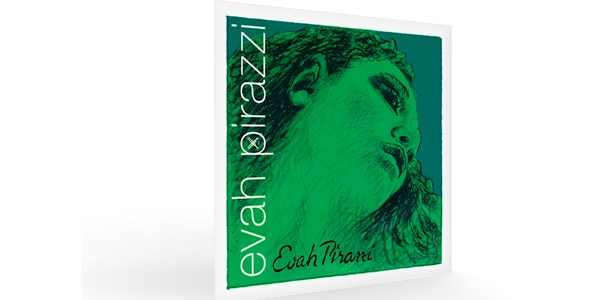

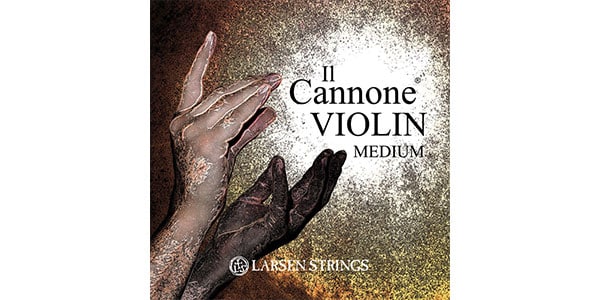
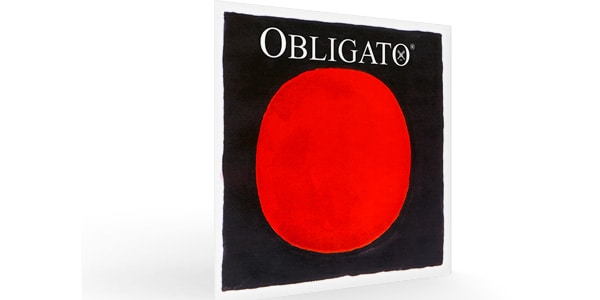
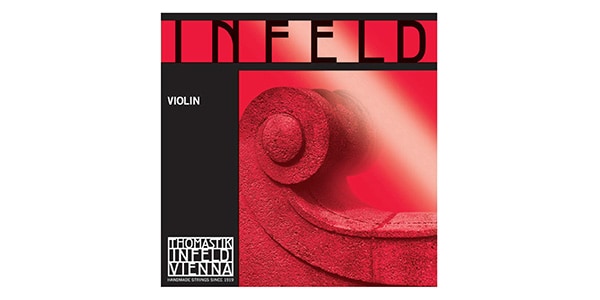
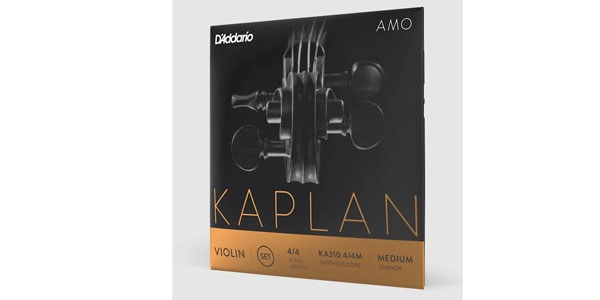
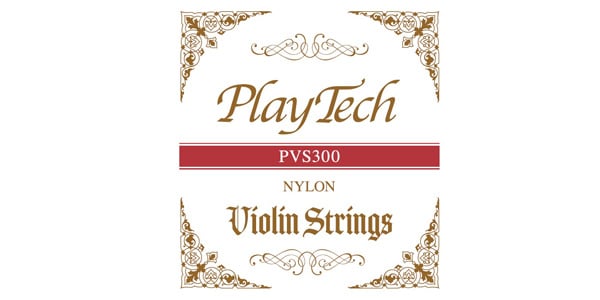
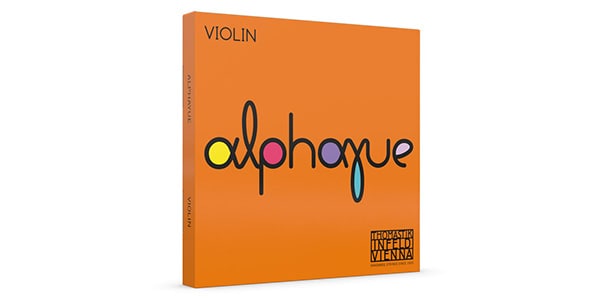
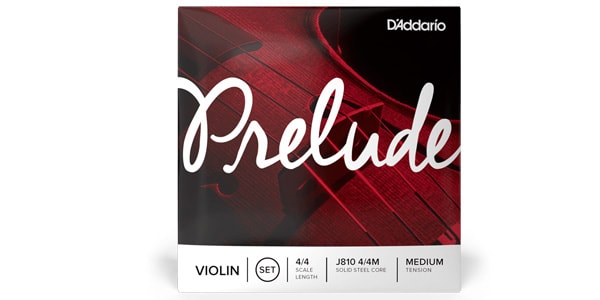
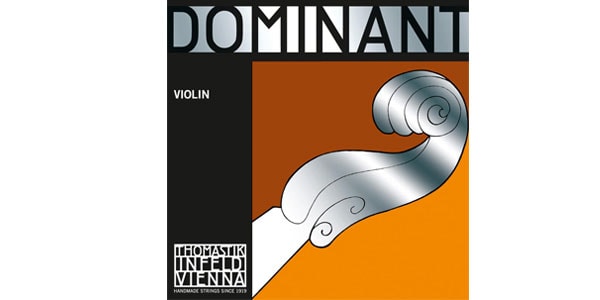
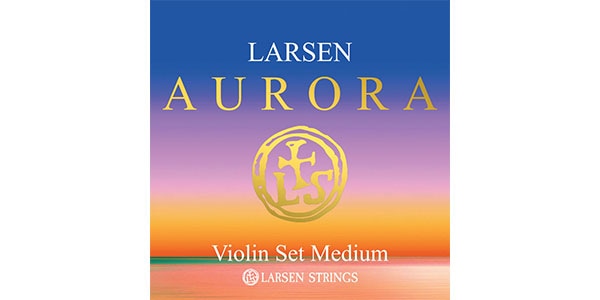
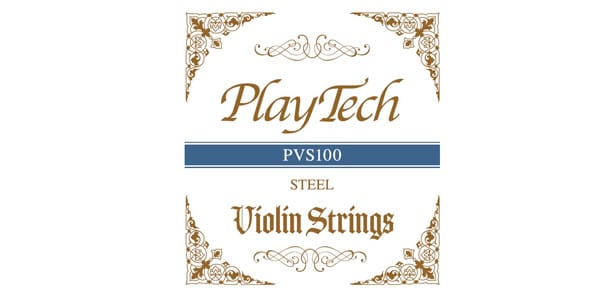
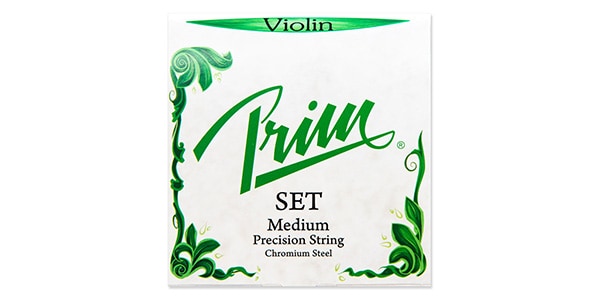
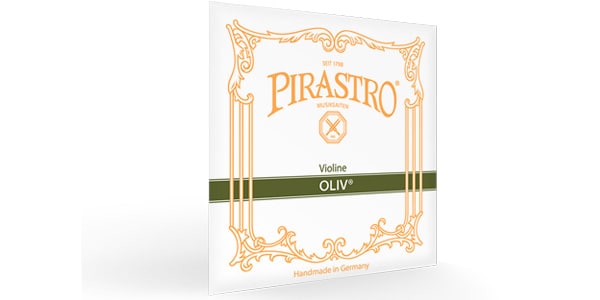








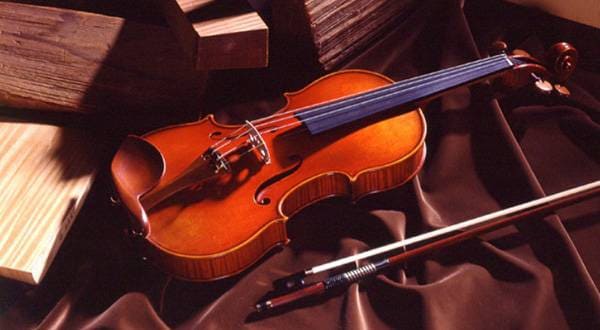
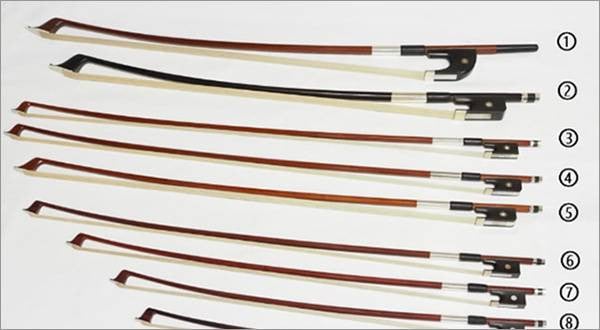
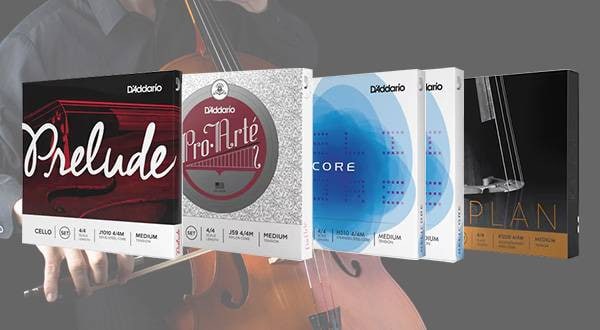
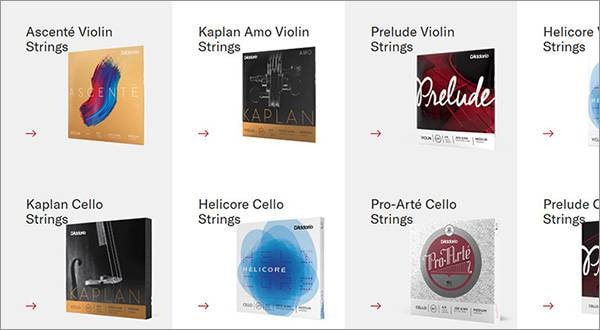
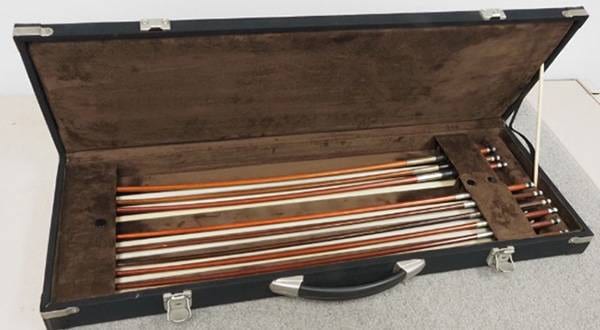
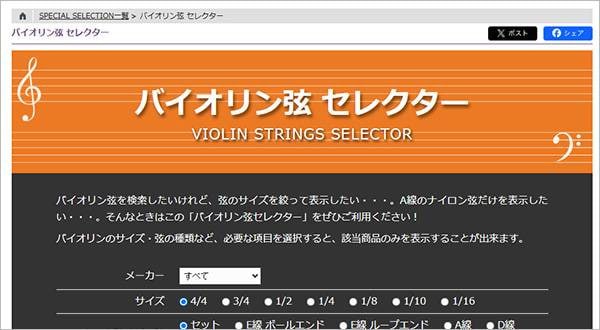
![How to Get the Best Sound Out of a Cheap Violin [Part 2] Strings Are the Key! The Relationship Between How Strings Are Wound on the Pegs and the Upper Nut](/contents/uploads/thumbs/2/2025/5/20250508_2_31369_1.jpg)
![[Standard Maker] Pirastro 7 Recommended Strings for Stringed Instruments!](/contents/uploads/thumbs/2/2025/1/20250130_2_30349_1.jpg)
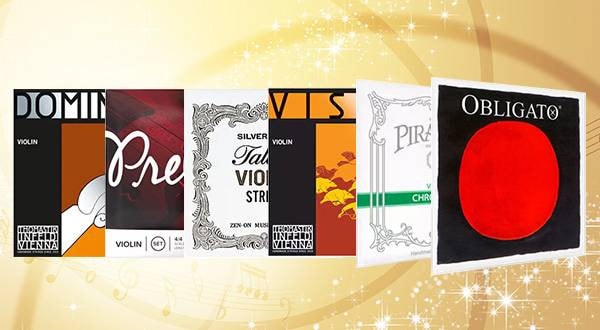
![[String Instruments] Top 10 Recommended Violin String Sets](/contents/uploads/thumbs/2/2024/6/20240617_2_27226_1.jpg)

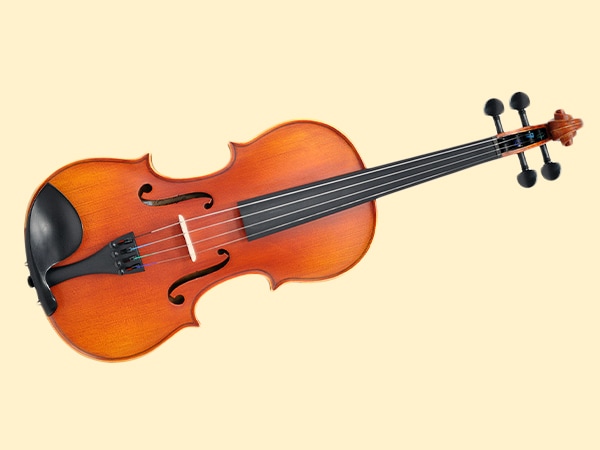 バイオリン 入門ガイド
バイオリン 入門ガイド
 バイオリン弦 セレクター
バイオリン弦 セレクター
 バイオリンの構え方
バイオリンの構え方
 バイオリンの手入れ
バイオリンの手入れ
 バイオリンの弦交換
バイオリンの弦交換
 バイオリンの調弦 チューニング
バイオリンの調弦 チューニング

